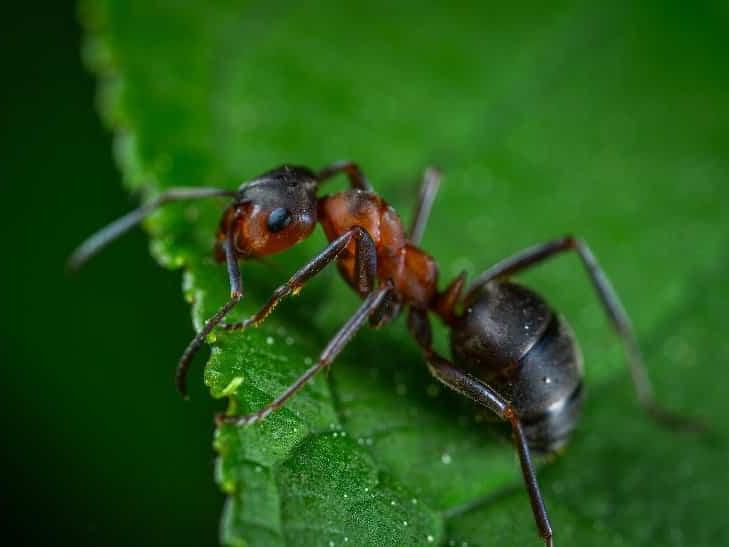Scorching ‘’hot Jupiters sometimes orbit their parent stars along wonky orbits.
Scorching ‘’hot-Jupiters sometimes orbit their parent stars along wonky orbits. Astronomers are trying to understand why — and if it happens in our own Solar System.
Scorching ‘’hot Jupiters sometimes orbit their parent stars along wonky orbits.
Scorching ‘’hot-Jupiters sometimes orbit their parent stars along wonky orbits. Astronomers are trying to understand why — and if it happens in our own Solar System.
DARPA’s DRACO Nuclear Powered spaceship is a potential game changer. Lean how and why the Space Force and NASA may use Nuclear Thermal Rockets (NTRs). Will it revolutionize space for better or for worse? Please Subscribe to my Channel for more space news.
You can support Galactic Gregs by supporting the sister channel Green Gregs by clicking the links below:
See the Special Deals at My Patriot Supply: www.PrepWithGreg.com.
Awesome deals for long term food supplies!
For gardening in your Lunar habitat Galactic Gregs has teamed up with True Leaf Market to bring you a great selection of seed for your planting. Check it out: http://www.pntrac.com/t/TUJGRklGSkJGTU1IS0hCRkpIRk1K

Like many other industries, the space exploration process is also adopting Artificial Intelligence (AI) and robotics to fast-track its mission. This leads us to great lengths and never explored places. Emerging technologies like machine learning and deep learning are organizations working in space programs an opportunity to embrace AI and robotics. Robots help the space exploration process through the mechanical design of planetary rovers, the mechanical design of space manipulators, actuators and sensors of space robots, end-effector/tools of space robots, reconfigurable robots, and robot mobility. Here are some exemplary cases of robotics and AI in space tech.
1. Canadian Space Association launched Dextre, a robotic arm designed to install and replace small equipment such as exterior cameras or the 100-kg batteries used on the Space Station, and to test new tools and robotics techniques.
2. Voyager 1 and Voyager 2, were designed to conduct close-up studies of Jupiter and Saturn, Saturn’s rings, and both Jupiter and Saturn’s largest moon. These robots are still communicating information via the Deep Space Network (DSN) and are presently closer to Pluto than to Earth or the sun.

Summary: Using single-cell technology, researchers discover how the social division of labor in an ant colony reflects in the functional specialization of the ant brain at a cellular level.
Source: BGI Group.
International researchers led by China’s BGI-Research used single cell technology to study the brains of ants, explaining for the first time how the social division of labor within ant colonies reflects in the functional specialization of their brains at cellular levels.
Sagittarius A Star is the supermassive black hole at the center of the Milky Way and for the first time ever, an image of this black hole was captured by the U.S. National Science Foundation and the Event Horizon Telescope Collaboration.
For more information on how scientist used the Event Horizon Telescope to photograph the black hole in the center of our universe, see the video below.
This is a condensed recap of the announcement event held on May 12, 2022 in Washington, D.C.
Understanding our universe as both an evolutionary and developmental system.
Enjoy the talk given by Liz Parrish on June 14, 2022 during the Digital Enterprise Show 2022. The event took place from June 14th to the 16th in Málaga, Spain.
BioViva Science is using bioinformatics to improve gene therapies to enhance healthy human longevity and combat age-related diseases like Alzheimer’s, diabetes, cancer, and heart disease. TimeKeeper™ is an epigenetic clock and the BioViva BioVault™ is a bioinformatics database for researchers and consumers.
Thousand brain model of human intelligence.
A Thousand Brains by Jeff Hawkins unveils a theory of intelligence that will revolutionize our understanding of the brain and the future of AI and humanity. With a foreword by Richard Dawkins, A Thousand Brains tackles one of science’s greatest mysteries: what is intelligence and how does the brain create it? In this video series, Jeff talks to Numenta VP of Marketing Christy Maver about his motivations behind the book, what readers can expect and what each of the book’s three sections cover.


Space is not a hospitable place. Radiation, zero gravity, and the vast distances between stops make interstellar travel look like a pipe dream right now, but they can be made more manageable with gene therapy. Along with obvious choices like follistatin to fight the loss of muscle mass, anti-aging gene therapies for telomerase induction, and Klotho expression can promote overall health. Keeping the crew healthy is essential when the nearest hospital could be billions of miles away.
In a statement to Astronomy Magazine, Dr João Pedro de Magalhães said “this roadmap sets the stage for enhancing human biology beyond our natural limits in ways that will confer not only longevity and disease resistance but will be essential for future space exploration.” There’s a big overlap between the genes needed to keep people healthy on earth and the genes needed to keep them safe in space.
There are a vast array of genes that will likely prove helpful to making long space voyages safe and comfortable. A vector, like BioViva’s CMV, will be needed to deliver the substantial genetic payloads astronauts will want to take with them into space.